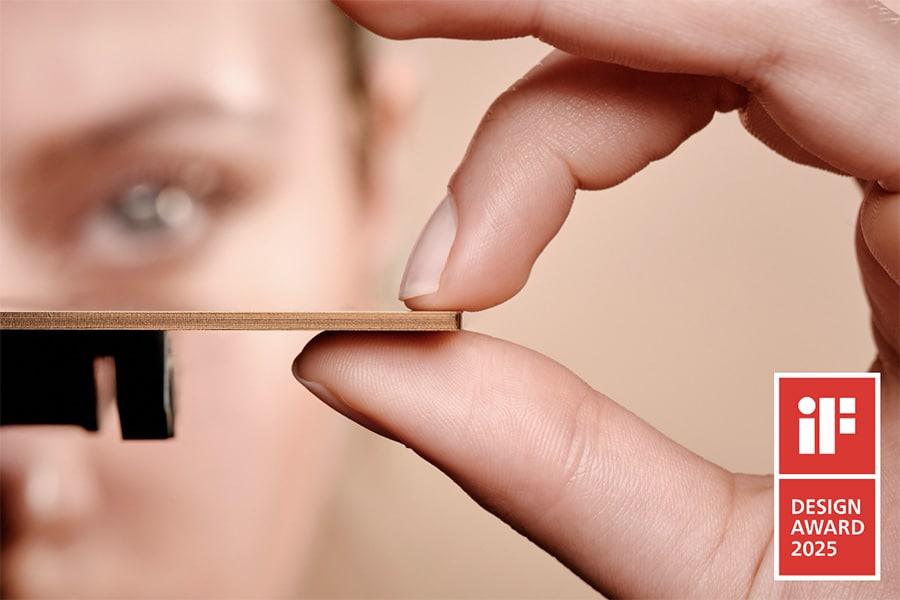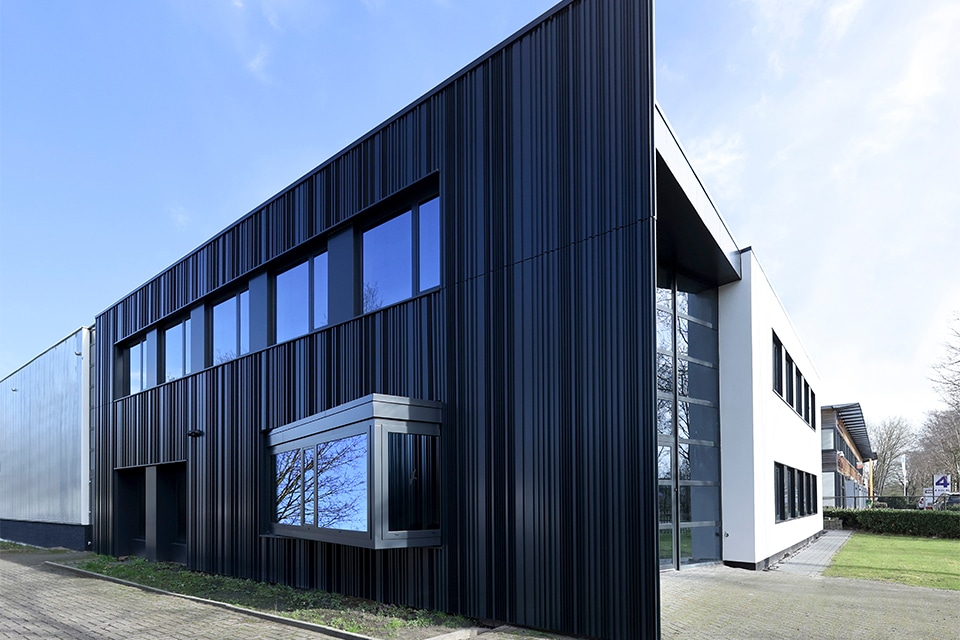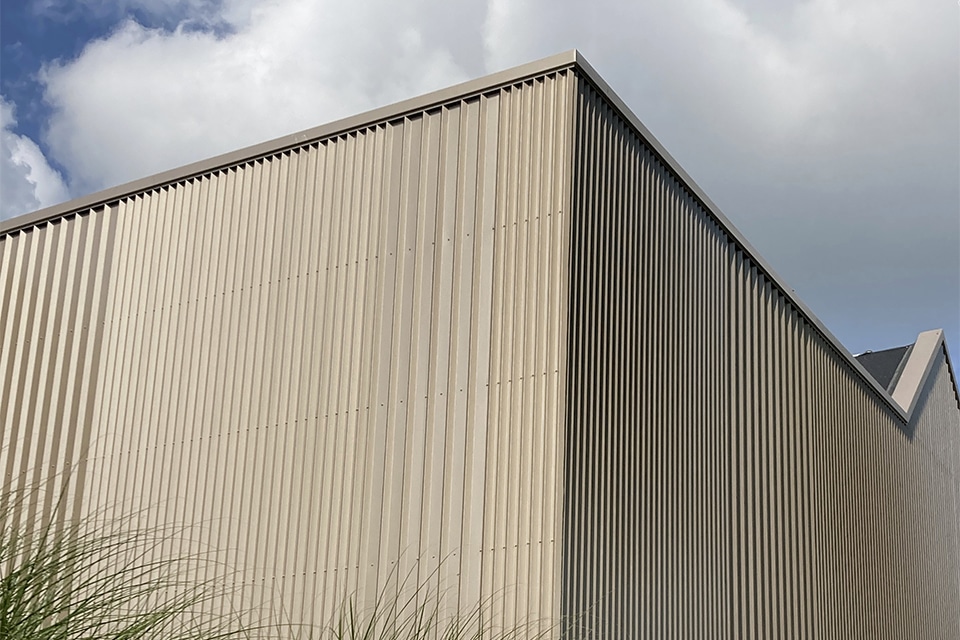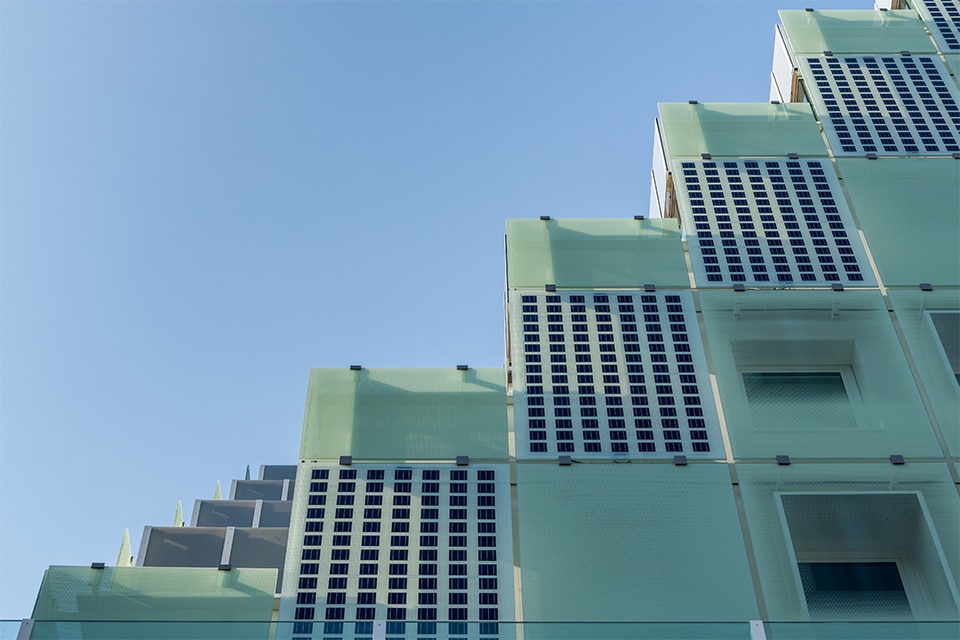
Glass manufacturer Pilkington Netherlands: various sustainability initiatives to reduce CO2 emissions
Sustainability is an important issue within the construction industry. To drastically reduce CO2 emissions in construction, the entire sector must take steps. And that is exactly what both Pilkington Netherlands, and the NSG Group of which the company is a part, are working on.
Clear goals
Within the NSG Group, the sustainability ambition to achieve a substantial CO2 reduction has been set in clear targets through participation in the Science Based Targets Initiative: 30% CO2 reduction by 2030 and fully climate neutral by 2050. "These are quite ambitious sustainability targets, but we are on track," says Gerrit Maring, sustainability coordinator at Pilkington Netherlands. "As a leading manufacturer of high-performance glass solutions, we understand the urgency to reduce ecological impact and so, in addition to innovation, delivery reliability and product quality, we have added the sustainability pillar to our mission."

Various sustainability initiatives
NSG/Pilkington is shaping sustainability goals within the NSG Group in several ways. "Besides reducing our own emissions released from flat glass production, we also look at indirect emissions from purchased energy and those from our supply chain," says Gerrit. "For example, we switched to 100% renewable energy many years ago to reduce CO2 emissions in our production processes and are increasing the use of recycled material (cullet) in our production processes."
More on this in a blog on the news page of Pilkington Netherlands' website. "We also try to minimize waste in the production, processing, packaging and delivery of our glass and have adapted our transport methods with which we have already achieved a reduction of 35% since 2018."

Insulating glass in Category I NMD
Because glass is an important product in a building and often occupies a large part of the façade, glass often has a significant share in the environmental and energy performance of a building; both negative and positive. Glass is a product that requires a lot of energy during production and, combined with the raw materials used, produces a lot of CO2 emissions. By combining new technologies with circular thinking, NSG/Pilkington succeeded in making the production process of flat glass more sustainable. The results were recorded in an LCA, which in turn was the basis for a Category I environmental statement in the NMD.
"We are therefore very proud that Pilkington Nederland is the first glass manufacturer in the Netherlands to register a Category I Environmental Declaration in the National Environmental Database (NMD), which further clarifies the environmental impact of our products," says Gerrit, explaining that this environmental declaration is enormously important because the rules for environmentally friendly construction for residential and non-residential buildings are becoming increasingly stringent. "And in the near future this will also apply to other types of buildings," he knows. "For more information, I would like to refer you to our blog on the news page of our website."

Important role of architects and designers
Gerrit believes there is therefore an important role for architects and designers. "If they know which parts of a building contribute to emissions to what extent, they can make design decisions based on that data from the NMD and thus we reduce CO2 emissions in construction."
He further notes that not only the environmental performance of building materials during production is being considered more, but also the impact these building products have on the environment and the users of a building during the user phase as well as the circularity at the end of a building's life. "In many tenders, especially from central government and housing associations, requirements for circularity are increasingly being set."
Calculation tool
Pilkington Nederland deliberately chose to build the NMD Category I registration in a modular way. "After all, as a designer, architect or builder you choose from certain composition options: think of glass types, thicknesses of the glass, coatings and types of spacers. We obviously want the environmental performance (MKI and GWP value) of the total composite product to roll out of the database. Therefore, we have developed a calculation tool for this, which has been tested by a market party and can be requested from us."
Make change
"It is great that as a small entity within the NSG Group we are leading the way and it is great that Pilkington Netherlands is among the most sustainable glass producers. But to achieve the climate goals, we all have to do it together," says Gerrit. "So we will really have to change as a producer and as a sector in many aspects, and sometimes even do things fundamentally differently."
To draw on each other's knowledge, expertise within this global ambition
and creativity, the NSG Group has brought all (local) sustainable initiatives together under the name makechange™. "By joining forces and sharing knowledge, we strive for innovative solutions that not only make our own production processes more sustainable, but also have a positive impact on the glass industry and the construction sector."
Like this Category I registration in the NMD, the introduction of the low carbon glass Pilkington MiraiTM (with as much as 52% less CO2 emissions than standard flat glass) and Cradle to Cradle Certified® certification are also part of NSG's makechange™ program. "There is a lot of work to do and we still have a long way to go," says Gerrit. "But these are steps in the right direction with which Pilkington Netherlands is contributing to a sustainable glass future."
Heeft u vragen over dit artikel, project of product?
Neem dan rechtstreeks contact op met Pilkington Netherlands BV.
 Contact opnemen
Contact opnemen



